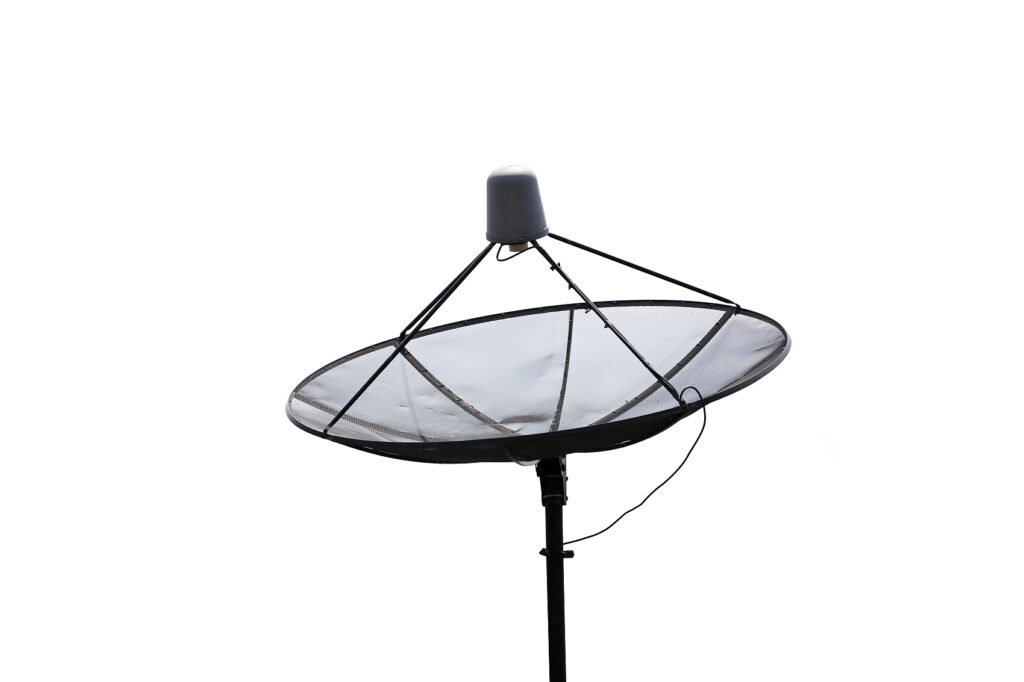What are the functions of LNB?
Introduction to LNB A Low-Noise Block Downconverter (LNB) is a critical component in satellite communication systems, integral to the reception of satellite signals. Positioned at the focal point of the satellite dish, the LNB serves as the initial receiver of the signals transmitted from satellites orbiting the Earth. These signals, often weak and susceptible to …


